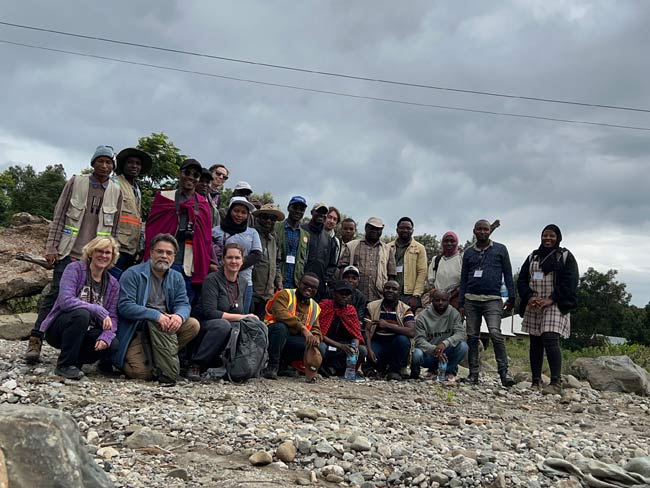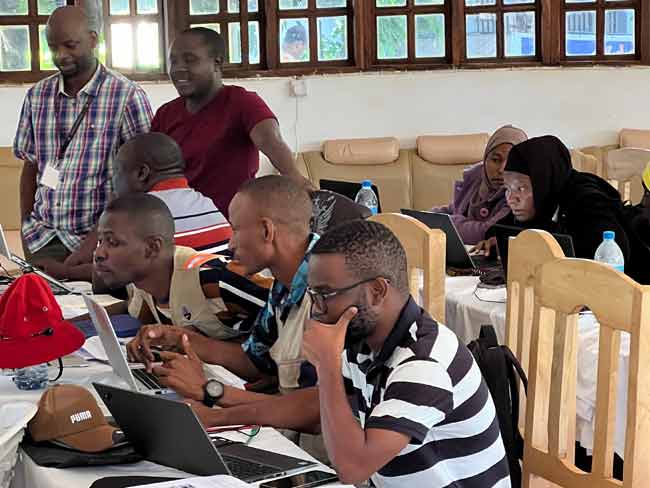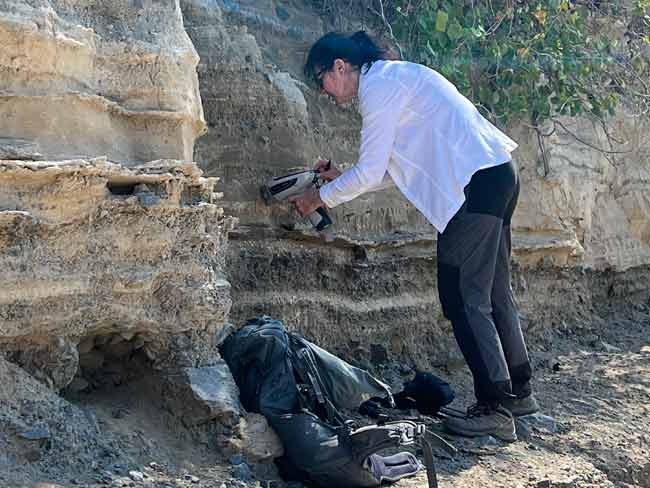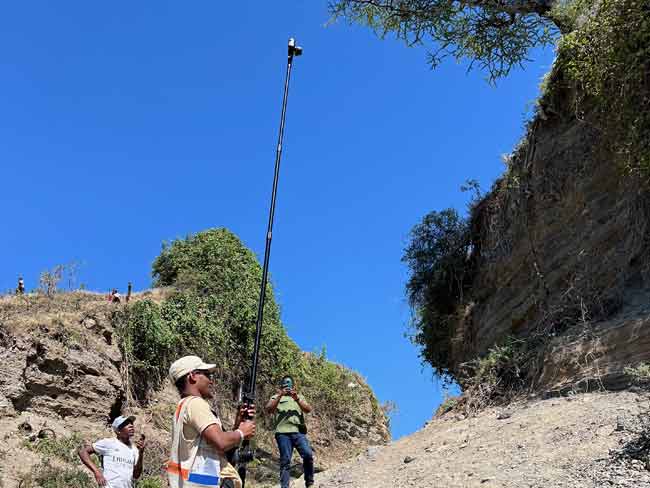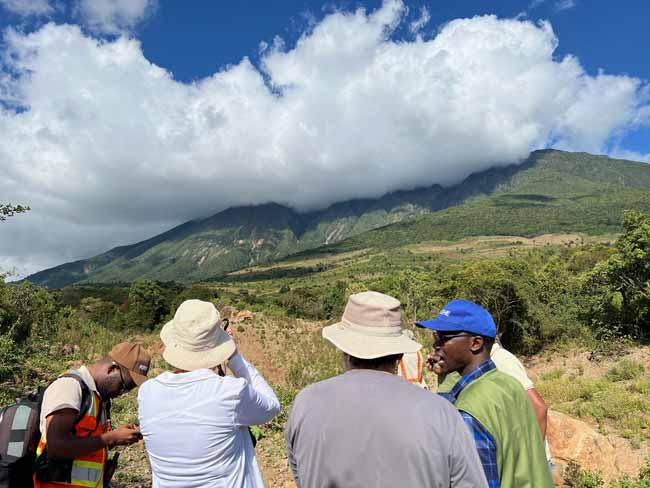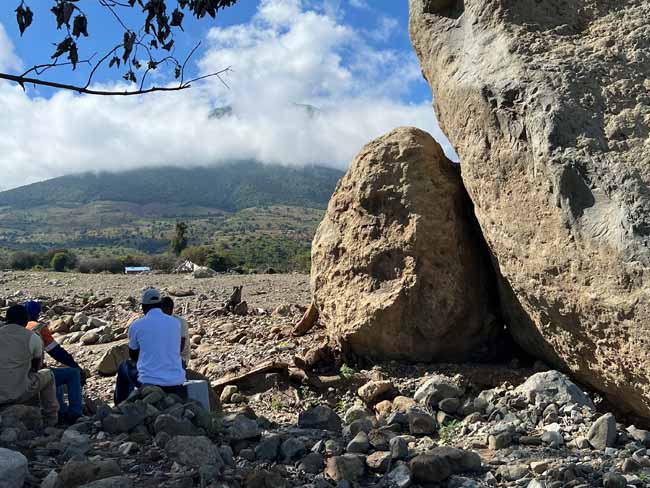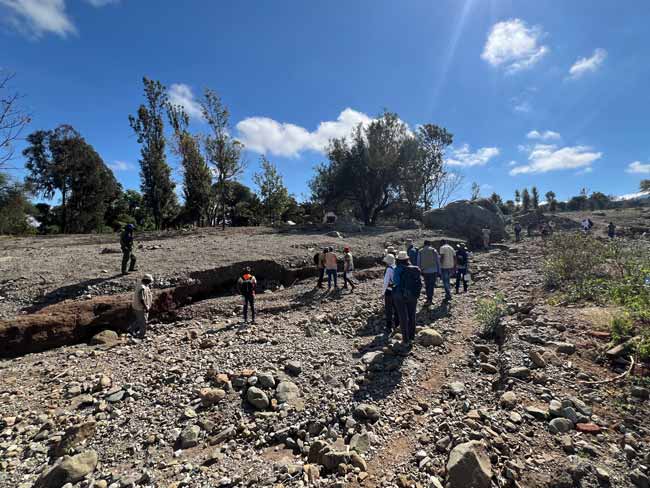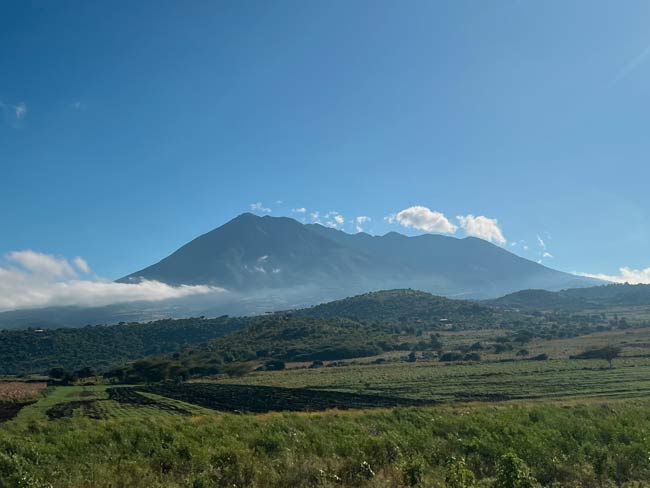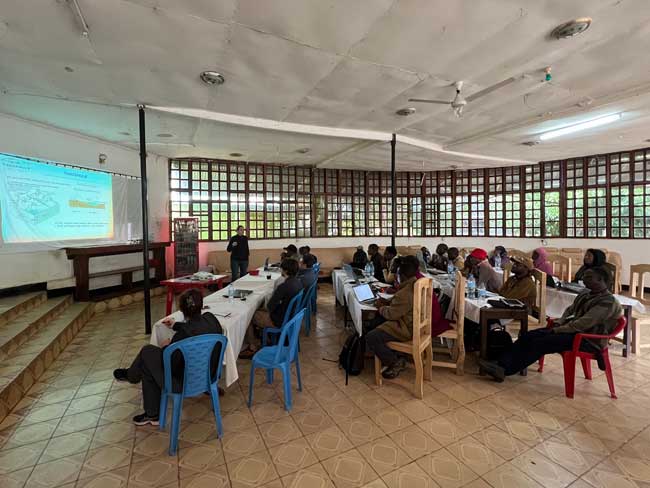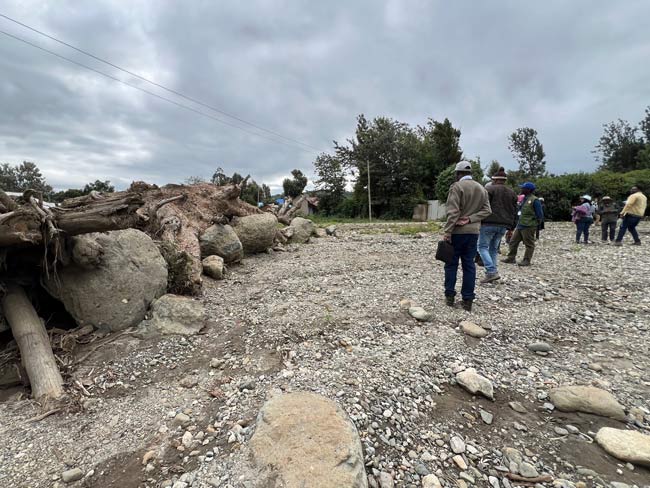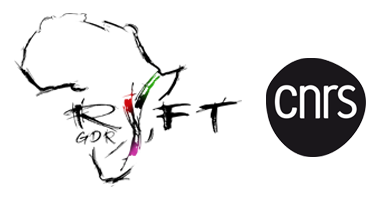Summer school in Tanzania
From 21 to 26 May 2026
Feedback: Stéphanie GAUTIER-RAUX
The summer school project Tanzshule took place in Katesh, Hanang district, Tanzania from May 19 to 28, 2024. This program was funded by the French CNRS in the frame of its scientific cooperation with African countries. It gathered 18 participants from the University of Dar Es Salaam, the University of Dodoma, the University of Montpellier and the Geological Survey of Tanzania.
The training aimed to improve the theoretical knowledge and practical skills of the Tanzanian and French participants in assessing geological hazards and their potential consequences, whether direct (earthquakes, volcanic eruptions) or indirect (slope instabilities, flooding). The training also aimed to strengthen and promote bilateral collaboration on these scientific issues, which have a significant societal impact in this country. Particularly in Hanang district, a major natural disaster happened in December 2023: mudslides, whose origin is still unclear, caused loss of life and significant material damage. These latest events highlight the need to improve training and communication on these phenomena.
The originality of this school lies in the combination of theoretical aspects and practical applications to train participants in the study of geological hazards in concrete cases. The training program included seminars, practical courses, and field training. Seminars covered various aspects of geosciences: geodynamics, geomorphology, seismology, volcanology, and cartography. Practical training covered digital mapping and georeferencing tools, seismological analysis, geochemical measurements (XRF), field observations, and sample collection. All these tools were used over two days in the field. The data were then processed using dedicated software and analyzed by putting them into context. We emphasized on clear definition of the problem and its scientific questions to implement a relevant and appropriate multi-disciplinary approach.
The field training was devoted observations, measurements by groups on two sites: Katesh mudflow and Ghama phreatic volcano. During those two days, participants were also sensitized to landscape reading and outcrop observation. All the data acquired on the field were then processed during the last two days. The work was done in groups and ended with an oral presentation. We concluded with a general discussion concerning the results each group obtained, their interpretations, the limitations, and what can be proposed to improve the study.
The field training was devoted observations, measurements by groups on two sites: Katesh mudflow and Ghama phreatic volcano. During those two days, participants were also sensitized to landscape reading and outcrop observation. All the data acquired on the field were then processed during the last two days. The work was done in groups and ended with an oral presentation. We concluded with a general discussion concerning the results each group obtained, their interpretations, the limitations, and what can be proposed to improve the study.
